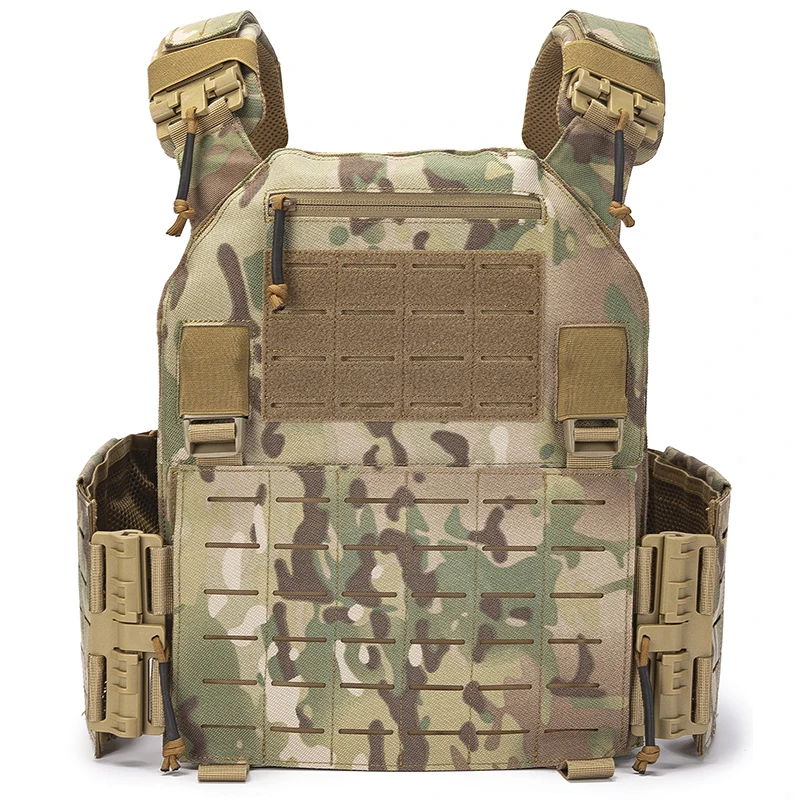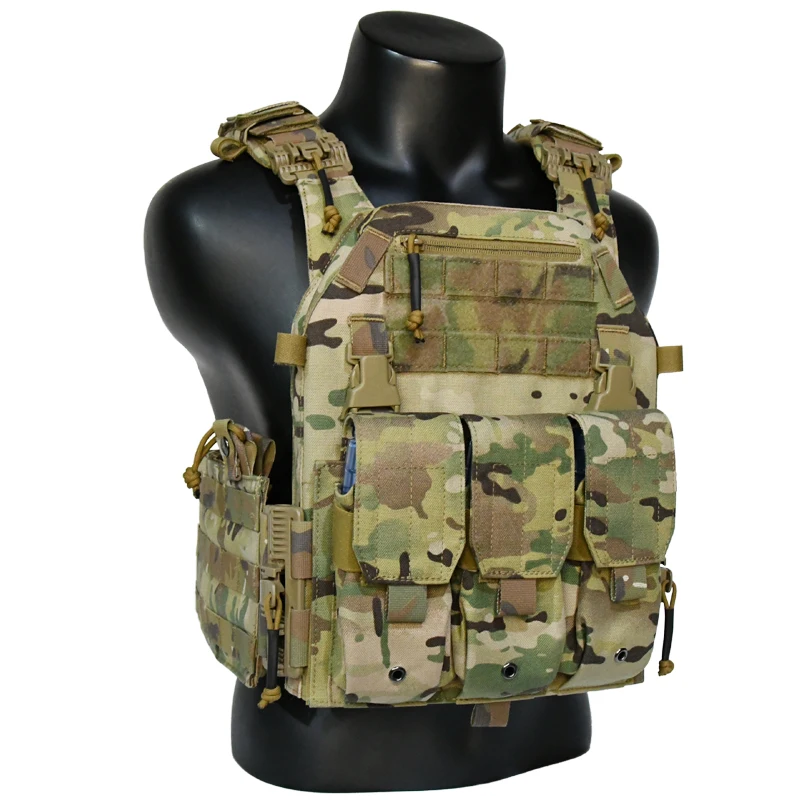Tactical Gear
PRODUCTS
Tactical Backpacks A Comprehensive Review Of Military Grade Bags
Durability and Construction
Military-grade tactical backpacks are built to withstand extreme conditions. Unlike everyday backpacks, which prioritize aesthetics and lightweight design, tactical packs emphasize robust construction. This typically involves using heavy-duty materials like 1000D Cordura nylon or similar high-tenacity fabrics known for their tear and abrasion resistance. Reinforced stitching, bar-tacking at stress points, and durable zippers are also common features designed to ensure the bag’s longevity in harsh environments. A comprehensive review should meticulously assess the quality of these materials and construction techniques, noting any potential weaknesses or vulnerabilities.
Furthermore, a crucial aspect of durability is the hardware. Buckles, straps, and other components should be made of high-quality materials, able to withstand heavy loads and repeated use without failure. A truly in-depth review will examine the specific types of hardware used, their resistance to wear and tear, and their overall reliability under stress. The review should also address water resistance, considering the different levels of waterproofing offered (water-resistant vs. waterproof) and the practicality of those features in diverse conditions.
Organization and Functionality
Tactical backpacks are renowned for their superior organization. Unlike simpler backpacks with a single main compartment, tactical bags typically feature numerous compartments, pockets, and pouches designed for specific gear. A good review should detail the arrangement and size of these compartments, assessing their suitability for carrying various items, from medical supplies and electronics to weapons and ammunition (where applicable). The accessibility of these compartments is also critical. Quick-access pockets for frequently used items are a key design element that should be thoroughly evaluated.
Modular attachment systems, such as MOLLE (Modular Lightweight Load-carrying Equipment) webbing, are often incorporated into tactical backpacks, allowing users to customize their loadout with additional pouches and accessories. A comprehensive review will analyze the effectiveness and adaptability of these systems, considering factors like the density of webbing, the types of attachments compatible, and the ease of attaching and detaching accessories. The presence and usability of internal organization features like dividers, compression straps, and hydration bladder compartments should also be assessed.
Comfort and Ergonomics
Despite their durability and functionality, a tactical backpack’s usefulness is severely limited if it's uncomfortable to carry. A comprehensive review must consider the ergonomic design of the pack, paying close attention to features such as the shoulder straps, waist belt, and back panel. Padded and adjustable shoulder straps are essential for distributing weight evenly, preventing strain and discomfort, even when carrying heavy loads. A well-designed waist belt is crucial for transferring weight to the hips, which is far more comfortable than carrying it solely on the shoulders.
The back panel’s design is equally important. Ventilated back panels help improve airflow, preventing excessive sweating and discomfort, particularly during strenuous activities in hot and humid conditions. The breathability and overall comfort of the back panel should be examined thoroughly in the review. Finally, the adjustability of the pack itself should be evaluated, ensuring the backpack can be properly fitted to different body types and sizes for optimal comfort and load distribution.
Conclusion
A comprehensive review of military-grade tactical backpacks should go beyond a simple listing of features. It needs to delve into the details of construction, functionality, and ergonomics, objectively assessing the strengths and weaknesses of each model. By providing a thorough analysis of these factors, a review empowers potential buyers to make informed decisions, choosing the tactical backpack that best fits their individual needs and anticipated usage.
SUBSCRIBE
INQUIRY










